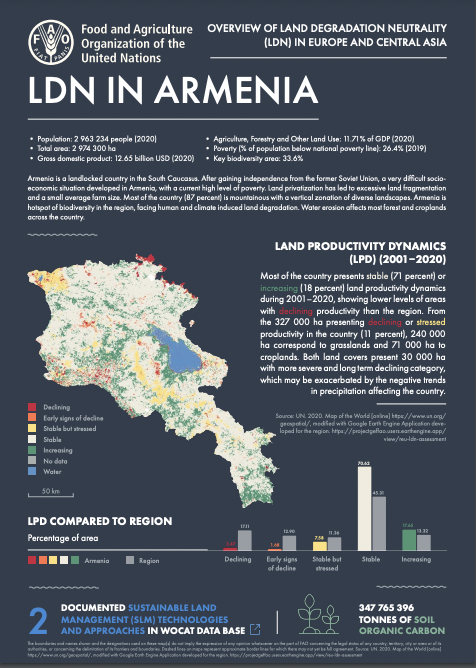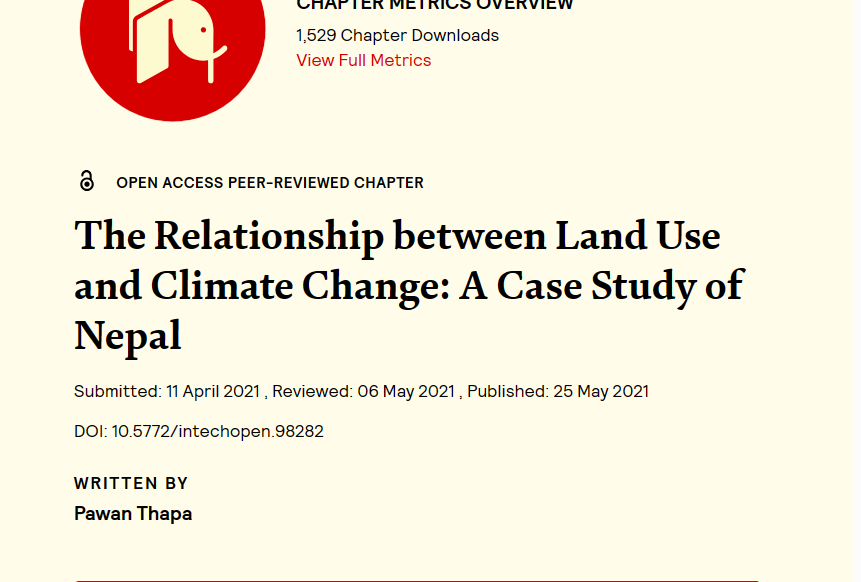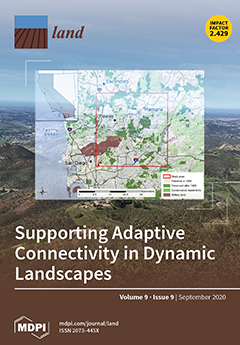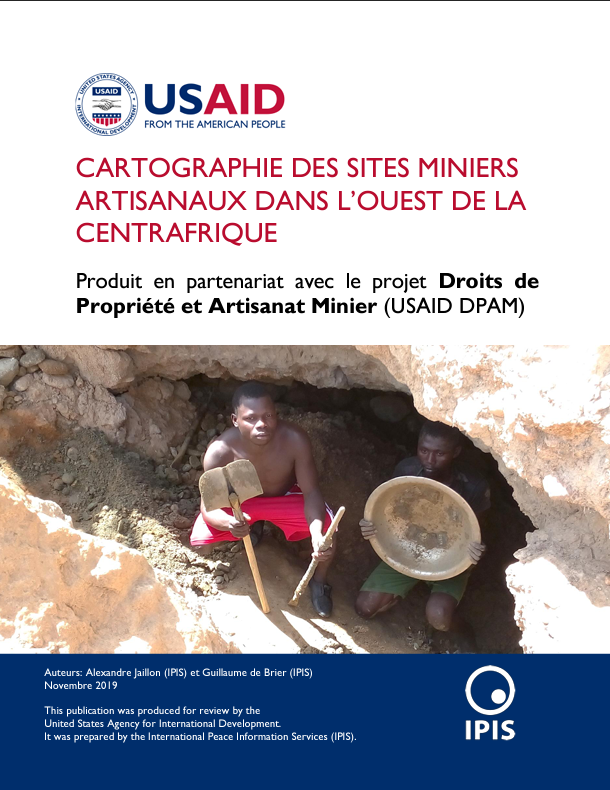Integrating GIS and remote sensing for land use/land cover mapping and groundwater potential assessment for climate-smart cocoa irrigation in Ghana
Although Ghana is a leading global cocoa producer, its production and yield have experienced declines in recent years due to various factors, including long-term climate change such as increasing temperatures and changing rainfall patterns, as well as drought events. With the increasing exposure of cocoa-producing regions to extreme weather events, the vulnerability of cocoa production is also expected to rise. Supplemental irrigation for cocoa farmers has emerged as a viable adaptation strategy to ensure a consistent water supply and enhance yield.








